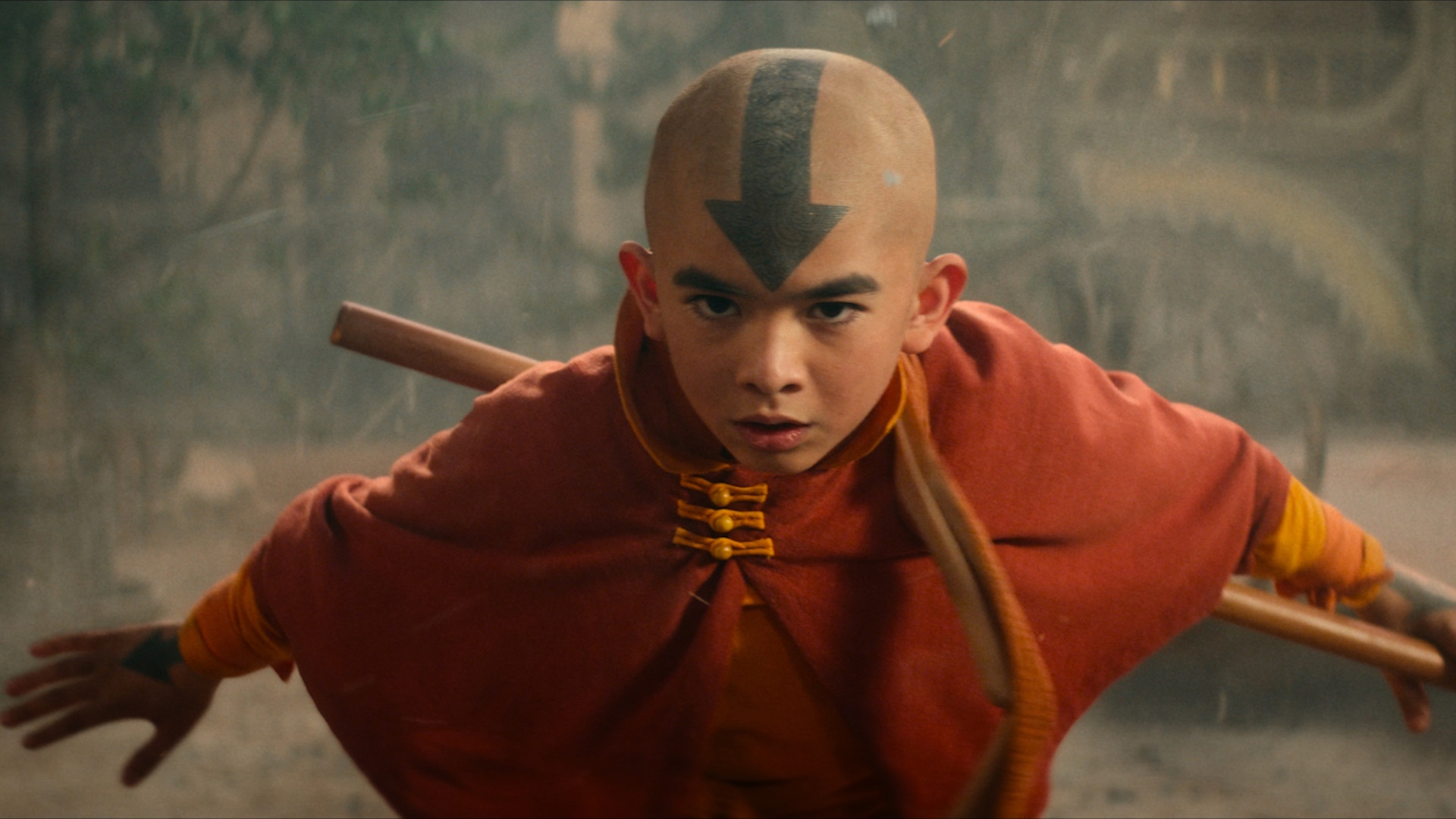
When it comes to adaptations, the truth is that there's never a surefire path to success. If they stay too close to the original, there's the possibility that your average consumer is alienated or you don't engage a new audience. If wholly different, the diehard fans that made it a success in the first place – the ones that initially made it seem like a good idea to adapt at all – will likely be disappointed. And if you try to appease both, you're just as likely to let both down instead.
Netflix's live-action take on Avatar: The Last Airbender, for all its foibles, feels like an earnest attempt at a harmonious middle ground that never quite leaves the original behind nor faithfully recreates it enough. It's disappointing, but the struggle between the two is fairly apparent. It does seem somehow appropriate that the series has trouble with one of its own key themes: balance.
If you're not familiar, Avatar: The Last Airbender follows the adventures of Aang, a kid trapped in ice for 100 years, as he comes to learn what it means to be the Avatar, a spiritual and martial leader with the ability to "bend" the elements of earth, water, fire, and air. Along the way, he picks up a ragtag group to help him out, starting with Southern Water Tribe siblings Katara and Sokka, as he attempts to learn the three elements he doesn't already know and they avoid or confront Fire Nation soldiers trying to capture him.
Flame-oh no, hotman

In terms of structure, the live-action adaptation is essentially a remix of the animated series' first season, Book One: Water. Certain elements like Aang's early motivation and specific encounters are entirely changed or jettisoned while others are combined or brought forward. One particular set of episodes molds roughly five or six different plot points from the animated series into a single throughline, and while that might initially sound like a bad idea, it's actually one of the better executed changes.
That's not to say there are no sparks of something special here. The main cast all have their moments, but nearly all of them come with equally taxing rough patches. The early episodes especially have trouble conveying the worldbuilding established by the animated series – the in-fiction recitation of the monologue from the animated intro is particularly tough – and heavier emotions often fall flat be it due to the writing itself or the actual delivery of the lines.
One big positive surprise, however, is just how well Dallas Liu inhabits the role of Zuko, the banished prince of the Fire Nation. Out of all the voice actors from the original animated series, filling the shoes of Dante Basco is arguably the most difficult task, but Liu translates everything I ever loved about the character into live-action with aplomb. The emotional turmoil and anger masking genuine care and pain is constantly on display. It also helps that he appears to be the most talented martial artist of the main cast, seemingly allowing him to perform the vast majority of Zuko's moves without nearly as much camera and VFX trickery as the others.
Adaptation woes

And there is plenty of camera and VFX trickery to be had in the live-action Avatar: The Last Airbender. While there are certain scenes that make the bending of elements look as powerful and awesome in the literal sense of the word as they should, there are just as many that look like, for lack of a better term, undercooked sludge. You know, any moment where the camera is cutting away frequently or the effects are a little fuzzy or the lighting is turned way, way down in order to hide the rough edges.
While there will be plenty of comparisons between this version of Avatar and the animated series, I suspect that the most apt comparison might be Netflix's live-action One Piece. Both were tasked with adapting much-beloved franchises to a new medium, after all. The whys and hows behind the differences between the two likely aren't worth speculating about, but it does seem worth acknowledging that One Piece creator Eiichiro Oda was deeply involved in the creation of Netflix's version while Avatar: The Last Airbender creators Michael Dante DiMartino and Bryan Konietzko left Netflix's live-action project years ago.
Whatever the case might be, there are definitely a smattering of impactful, smart changes here in the first season of the live-action adaptation that didn't appear in the animated show. Bringing forward bits and pieces from later animated seasons in some cases to flesh out relationships in Netflix's adaptation, complete with unexpected musical stings, actually really works. Those scenes could have just as easily felt saccharine or entirely out of place, but are instead examples of why I'm glad the live-action adaptation exists in the first place. I only wish the rest of the show made me feel the same way.
The first season of the live-action Avatar: The Last Airbender series is now available to stream on Netflix. If Avatar isn't your cup of tea, you could always check out our coverage of the best new TV shows still to come this year.







